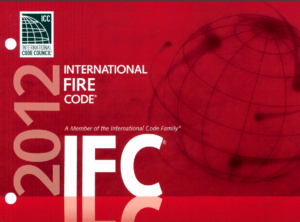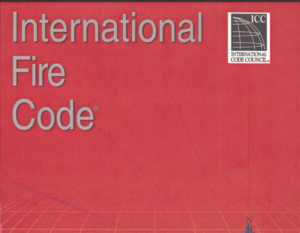The 2006 edition of NFPA 59A provides comprehensive guidelines for the production, storage, and handling of Liquefied Natural Gas (LNG). This standard, updated to reflect new industry practices and safety measures, was formulated by the Technical Committee on Liquefied Natural Gas and approved by the NFPA.
The scope of NFPA 59A encompasses the entirety of operations involving LNG, including the design, construction, maintenance, and operation of LNG facilities. It also covers training requirements for personnel engaged in these processes. Notably, this edition introduces revisions such as clearer administrative requirements in the initial chapters and more detailed guidelines on newer storage technologies like double and full containment LNG containers.
Significant updates include the integration of seismic design criteria for LNG containers to align with ASCE 7 standards, which dictate minimum design loads for buildings and other structures. This is crucial for ensuring the structural integrity of LNG storage facilities, particularly in seismic-prone areas.
Furthermore, this edition extends its scope to include contingency planning for LNG marine transfer incidents, highlighting the standard’s adaptation to cover all aspects of LNG safety and handling, not just land-based scenarios but also marine environments.
This standard does not cover applications such as portable storage containers used in buildings or LNG vehicular applications, which are governed by other specific regulations and standards. The emphasis is placed on large-scale operations and facilities that have substantial requirements for safety protocols and infrastructure.
Overall, NFPA 59A aims to ensure that all facilities involved in the LNG supply chain operate under stringent safety guidelines to protect workers, the environment, and the general public from the inherent risks associated with handling and storing liquefied natural gas.






